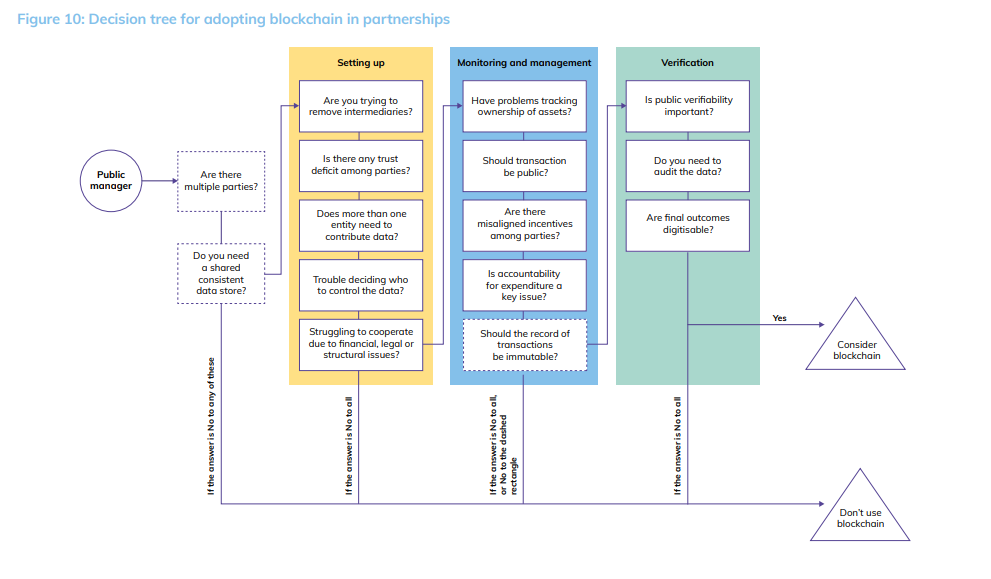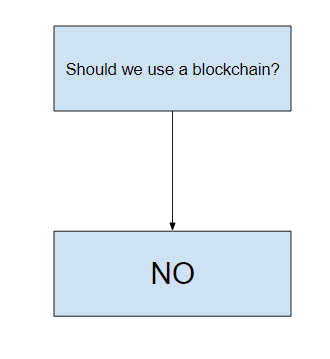A bit of feedback from the recent call about the Local Government Digital Quality Model call was that the materials really need to sell the ‘so what’ around all of this.
I think there are 2 things here:
- so what about the model
- so what about being good at digital, design, data and technology
I have had a go at the second one initially, because I think this might make it easier to do the first one!
So, what I have come up with is this, as a first draft:
Why should councils care about the quality of their digital design, data and technology?
- Efficiency – the better you are at digital, the cheaper and quicker your services will be at successfully meeting the needs of residents (etc)
- Prevention – good use of digital helps the council to prevent need from arising in the first place, reducing demand on the council’s services
- Resident (etc) experience – better use of digital means the users of services get a better experience, and are less likely to complain, or resort to other channels
- Agility – councils with high quality approaches to digital are adaptive organisations, able to respond to change quickly and successfully
- Risk reduction – good digital councils lessen the level of information security risk and the risk of projects or services not working as planned
As always I am struggling with the word resident – ‘user’ sounds too techie, and ‘customer’ puts a lot of people off. Any ideas for that?
Any feedback welcome!



